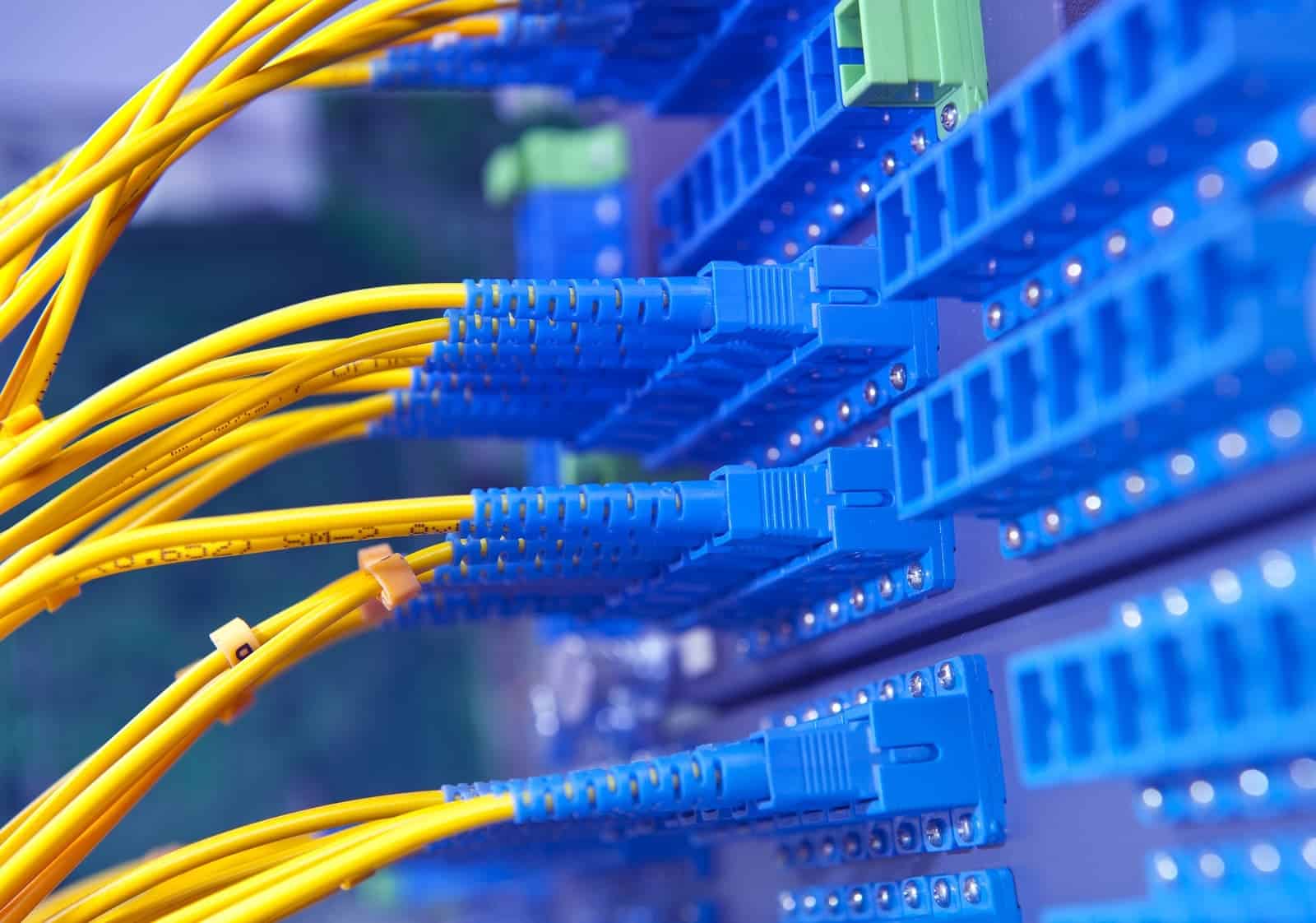Benefits & Challenges of SDN Deployment

Software-defined networking (SDN) is starting to make inroads and is projected to grow from $103 million in 2014 to $5.7 billion in 2019 with the adoption rate among enterprises expected to grow from 6% to 23%, according to research firm IHS. At the same time, IHS predicts service providers around the world will increase their spending on SDN software by 15 times from 2015 to 2019.
Software-defined WANs or SD-WANs are likely to get the highest return from SDN development. Because they can use cheaper broadband connections, SD-WANs are poised to cut the costs of transporting data by shifting traffic away from expensive MPLS connections. Organizations wishing to take advantage of SDN generally do not have expertise in-house to successfully leverage the technology and will require help from an experienced third-party.
The Benefits and Challenges of SDN Deployment
Through SDN deployment, organizations can build networks with greater agility, improved performance, and reduced system overhead – all of which can be used to build technical advantage within competitive markets. With load balancing, on-demand provisioning, and advanced scalability, SDN solutions make it significantly easier and faster to deliver new applications and services for an organization and control every aspect of their network infrastructure.
As SDN represents a radically different approach from traditional, closed network systems, it does require some expertise and knowledge to deploy. Organizations may be working with a legacy network infrastructure or simply have an overly complex system comprised of disparate, loosely integrated parts. Different vendors have taken different approaches to SDN mainly, hardware-centric vs. virtualization through all-software network overlay technology. Choosing between the approaches will come down to the comfortability of the group in charge of the decision, boiling it down to network engineers vs. systems engineers.
To move forward, organizations will need to make a clear business case for the move to SDN and also understand the unknown. The ability to automate and ultimately move towards an entire software-defined infrastructure, including software-defined storage and SD-WAN, is compelling. As adoption grows, questions revolving around best practices, adoption, performance and security will be played out in greater numbers and those with the most experience deploying the technology will play a great role in the future development.
The Need for Specialized Third-Party Services
No matter the route you choose, an SDN network solution requires the integration of multiple types of network technology and demands that network architects and administrators have a deep understanding of the technologies involved as well as the organization’s needs.
Those who wish to fully leverage the power of SDN architecture will need to work with an integrator well-versed in SDN technology and modern network infrastructure. OneNeck IT Solutions is committed to developing the best in streamlined and hybrid technology for both mid-market and enterprise companies. At OneNeck IT Solutions, the emphasis is not on just building a network but also on building customer relationships to guide you through the right decisions for your organization.
Additional Resources:



